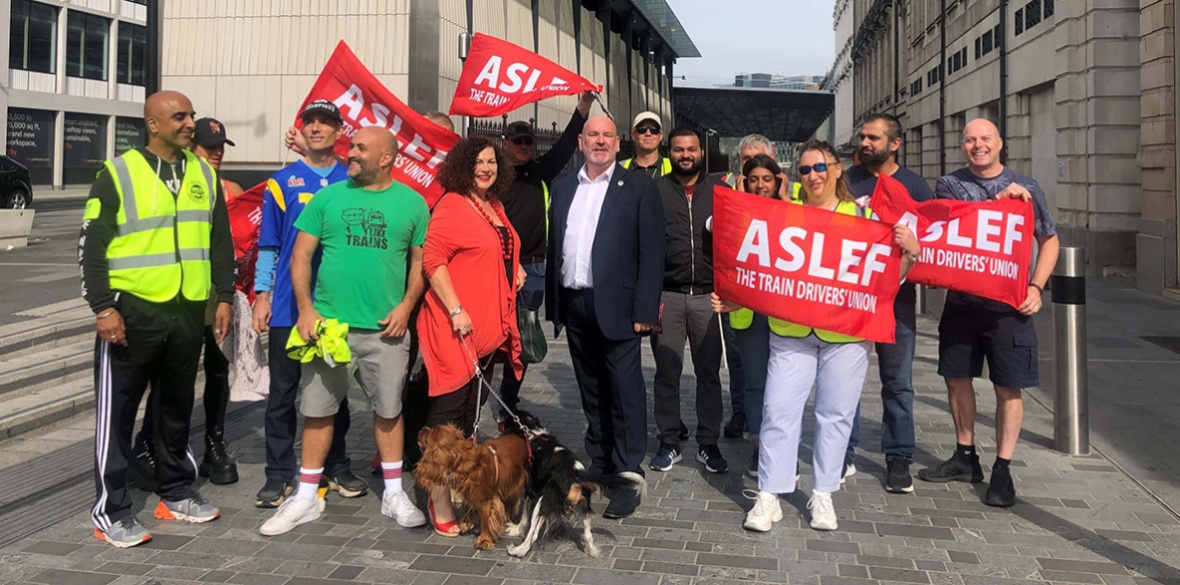What's making this red supergiant's millennium?
By Elisha Sauers on August 13, 2022
\

An illustration depicts changes in Betelgeuse's brightness following a massive 2019 explosion observed by astronomers. Credit: NASA / ESA / Elizabeth Wheatley (STScI)
Just like the mischievous Tim Burton character of the same name, the red supergiant star Betelgeuse's head shrank.
Scientists watched the star blast its outer surface into space in 2019, an unexpected cosmic event they had never seen before in a normal star. The eruption was so catastrophic, it blew off 400 billion times as much material as the sun does routinely in ejections linked to solar flares, according to the Space Telescope Science Institute in Baltimore.
What's more, the star got so dim, even backyard stargazers noticed. That left many people wondering if Betelgeuse [indeed pronounced "Beetlejuice"] was on the brink of an explosive stellar death.
It's not about to go supernova, experts say. But new observations from the Hubble Space Telescope are helping astronomers understand how red stars like Betelgeuse lose mass as they age — and what consequences follow such a significant eruption. Because the scale of the blowout was vastly greater than the plasma that occasionally spews from the sun's corona, scientists suspect what happened to Betelgeuse might be a different sort of phenomenon.
"We're watching stellar evolution in real time," Andrea Dupree of the Harvard-Smithsonian Center for Astrophysics said in a statement.
For Betelgeuse, one of the brightest stars in the night sky, that has meant the blown-off material cooled and formed a dust cloud. The haze is what some believe temporarily blocked light from the star, making it look fainter from Earth, according to research published in The Astrophysical Journal last week.
Referred to as the "Great Dimming," the cloud seems to have obscured the light for a year before the star returned to normal brightness.
The outburst also disrupted the star’s 400-day-long pulsing period, a cycle astronomers have measured for over two centuries. It looks as though the outer layers may be back to normal, but the inside could be jiggling like Jell-O. Or, as Dupree put it, sloshing like water in an imbalanced washing machine.
Related Stories

Credit: Alan Dyer / VW PICS / Universal Images Group Via Getty Images










